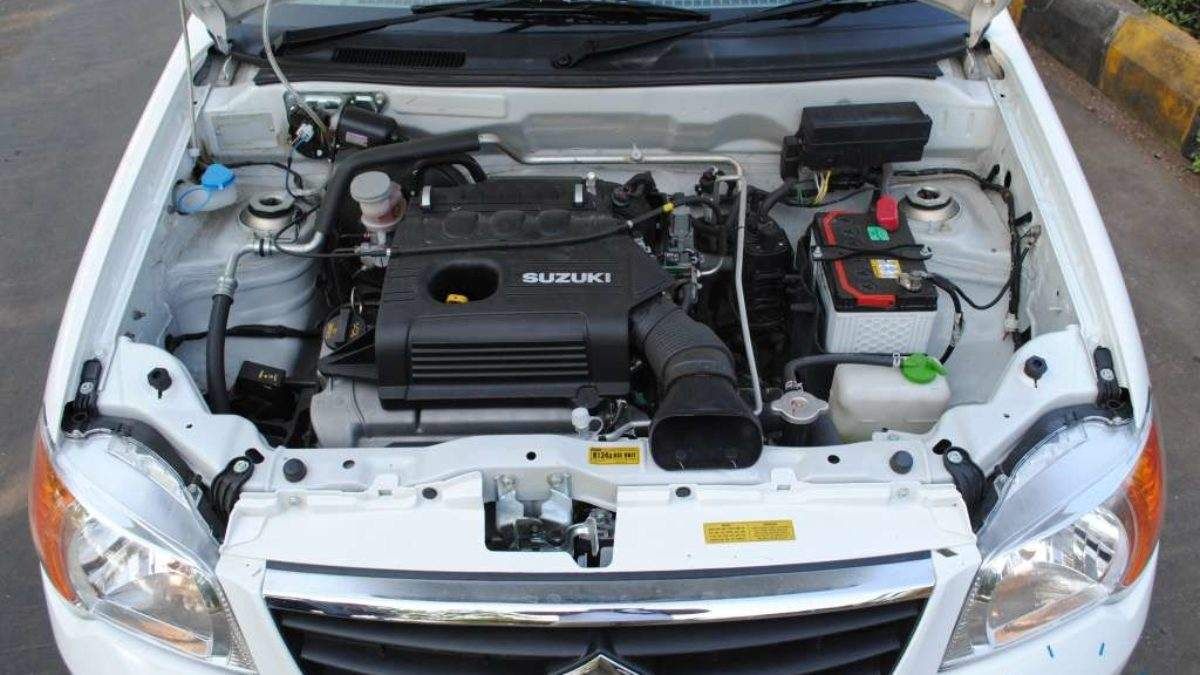Discover Engines for Africa at Our Comprehensive Car Parts Store
Discover Engines for Africa at Our Comprehensive Car Parts Store
Blog Article
The Mission for Ultimate Driving Power: Investigating the Pinnacle of Engine Efficiency and Technological Innovations in the Automotive Industry
In the world of auto design, the quest of maximum driving power has been a ruthless pursuit that has actually unravelled with the advancement of engine style and the assimilation of cutting-edge technologies. From the careful craftsmanship of combustion engines to the rapid advancements in electrical propulsion systems, the auto industry stands at the cusp of a new period characterized by extraordinary efficiency capacities.
Evolution of Engine Design

In addition, the assimilation of turbocharging and supercharging technologies has reinvented engine style by enhancing power without substantially enhancing engine size. These forced induction systems compress the intake air, permitting even more fuel to be ignited, thus creating higher power result from a smaller sized engine. This advancement has been specifically essential in enhancing the efficiency of smaller displacement engines while preserving gas efficiency standards.

Performance-Enhancing Gas Technologies
The execution of innovative gas innovations has actually substantially added to boosting engine performance in modern lorries. Biofuels, obtained from renewable sources like corn, algae, or sugarcane, deal enhanced and reduced exhausts engine efficiency. In addition, fuel additives and cleaning agents are being created to tidy engine elements, maximize combustion, and minimize friction, consequently increasing overall vehicle performance.
Developments in Electric Propulsion
Substantial strides in electrical propulsion modern technology have actually reinvented the automotive market, leading the way for a brand-new age of effective and sustainable transport. Electric lorries (EVs) are obtaining popularity as a result of their environmental benefits and developments in battery modern technology, allowing longer driving ranges and shorter billing times. Suppliers are investing greatly in r & d to enhance the efficiency of electric propulsion systems, focusing on raising power result, boosting energy efficiency, and reducing overall weight.
One remarkable breakthrough in electric propulsion is the growth of sophisticated electrical motors that supply higher torque and power thickness, leading to boosted velocity and general driving efficiency. Additionally, regenerative stopping systems have been improved to catch and store energy during slowdown, more boosting the performance of EVs.
Furthermore, the assimilation of smart innovations, such as man-made knowledge and predictive analytics, is maximizing the management of electrical propulsion Home Page systems, guaranteeing optimum performance under various driving conditions. These developments in electrical propulsion are reshaping the automotive landscape, driving the industry towards a more lasting and electrified future.
Effect of Computational Fluid Dynamics
With advancements in electric propulsion pressing the limits of vehicle technology, the integration of Computational Fluid Dynamics is playing a critical duty in optimizing wind resistant efficiency and improving overall effectiveness in automobile layout. Computational Liquid Characteristics (CFD) involves making read this use of computer simulations to assess the circulation of air around a vehicle, allowing designers to predict just how design changes will certainly influence aerodynamics without the demand for expensive physical models. By properly modeling air movement patterns, CFD enables for the refinement of car forms to lower drag, improve cooling, and improve stability.
One trick benefit of utilizing CFD in car style is the capability to iterate quickly, checking out numerous design variants to determine the most aerodynamically reliable remedies. This iterative procedure results in vehicles that are not only sleeker and much more visually attractive however likewise more fuel-efficient and environmentally friendly. CFD enables engineers to optimize air flow around components such as radiators, engine bays, and wheel wells, contributing to improved efficiency and general driving experience. In conclusion, the combination of Computational Liquid Dynamics represents a significant advance in the mission for supreme driving power and effectiveness in the vehicle sector.
Future Fads in Engine Development
In the dynamic landscape of automobile design, cutting-edge advancements are forming the future trajectory of my sources engine development. The future of engine layout is noted by a solid focus on sustainability, performance, and performance. Manufacturers are increasingly concentrating on establishing engines that not just supply high power outcomes however likewise prioritize ecological duty by lowering emissions and boosting gas efficiency.
One prominent fad in engine technology is the increase of electrification. Hybrid and electrical powertrains are gaining traction as feasible choices to conventional burning engines. These modern technologies use the possibility for significant reductions in carbon discharges and boosted power performance, aligning with international efforts to deal with climate modification.
Furthermore, developments in materials scientific research and manufacturing strategies are making it possible for the manufacturing of lighter and much more durable engine elements. This change in the direction of lightweight materials such as carbon fiber and light weight aluminum alloys adds to boosted performance and gas economic climate.
Verdict
Finally, the quest of supreme driving power in the vehicle industry remains to drive innovations in engine design, gas modern technologies, electric propulsion, and computational fluid characteristics. The evolution of these innovations is forming the future of engine technology, paving the means for a lot more efficient and powerful lorries (engines for africa). As the market remains to press the borders of what is feasible, we can expect to see much more innovative advancements in the mission for peak performance
One of the essential landmarks in engine design advancement is the shift from typical carbureted engines to contemporary fuel-injected systems. By specifically metering the fuel shipment to each cyndrical tube, fuel-injected engines optimize burning, resulting in far better efficiency and lowered environmental influence.
Furthermore, the integration of turbocharging and supercharging technologies has changed engine design by improving power without significantly boosting engine dimension (engines for africa).The implementation of innovative fuel modern technologies has considerably added to enhancing engine performance in modern vehicles. Additionally, fuel additives and detergents are being formulated to tidy engine elements, maximize burning, and lower rubbing, therefore boosting total automobile performance
Report this page